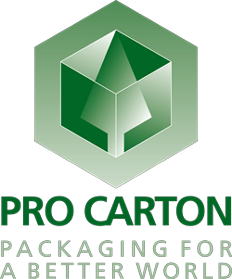Sensory packaging
25 October 2016
What is the role of seeing, hearing, touching and smelling in brand communication? In a recent presentation at the joint Pro Carton and PROPAK Austria marketing event in Vienna, brand consultant Prof. Dr. Karsten Kilian had the following to say about brand management: a focus on more than one of the senses, allows for successful differentiation from competitors. Here are some of the most essential statements from his presentation.
Seeing, hearing, touching, smelling in brand communication
Here in Baden Wuerttemberg there is an automobile manufacturer who says: "The best remedy against being identical is: identity." A very powerful brand which is successful via its design: "The 911. Our identity. Design which is unique." How can you tell that a Porsche 911 is a sports car, other than by its shape and sound? Every time you sit in the car you notice this by a number of items, one of which stands out: the starter button on the left-hand side. This goes back to the days of the Le Mans start, where it was practical for drivers to start the car with their left hand whilst engaging the gears with their right hand. This racing sport tradition has been continued at Porsche. And those are precisely the small signals which count, also for packaging. Anyone who has ever heard this story enjoys the memory – "Le Mans and me!" Now, this does not change the product, but it certainly affects our subjective perception of the product. And that is what makes up the brand, by combining these attributes under a brand name. Hence: sensory packaging is brand communication via all the senses.Concrete brand messages
Many companies have not clearly outlined their brand messages. When asked, they will present their design manual, colours, shapes and fonts. It would be far more important to ask: why do you exist, what do you represent, what are you actually doing here? Some companies try to reflect quality and tradition via brand scorecards and corresponding systems, but that costs a lot of time and money. Brand scorecards tend to be a rather theoretical exercise. I do not believe in them, and instead I believe in something more pointed, which I call the C.O.R.E brand values. The objective is to check possible brand values as to whether they are- concrete, e.g. significant and inspiring,
- original, in other words, based on the company,
- relevant for customers and
- exceptional (compared to the competition).



